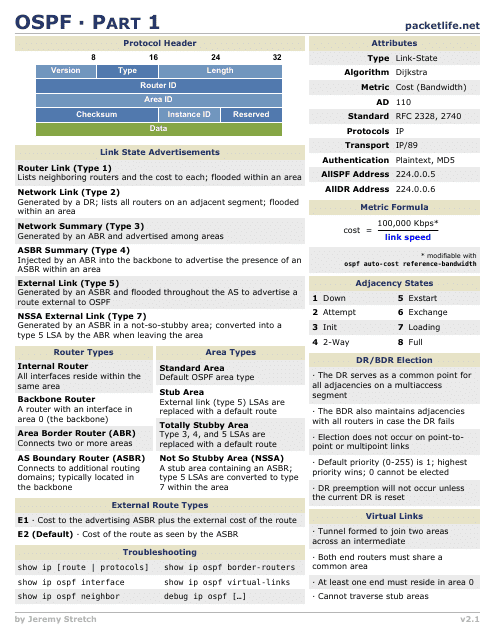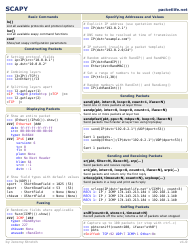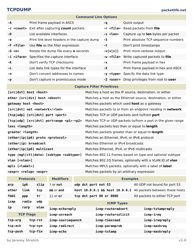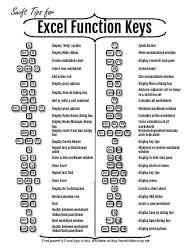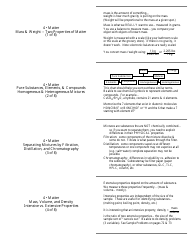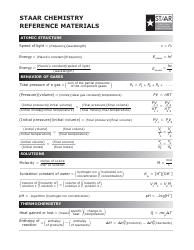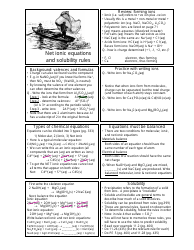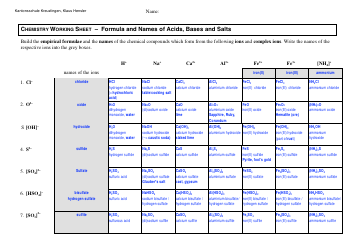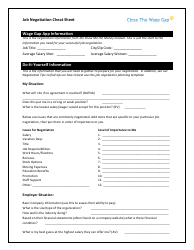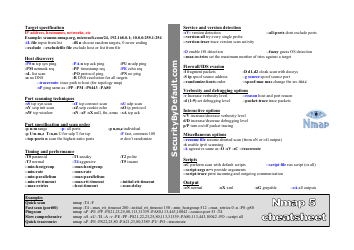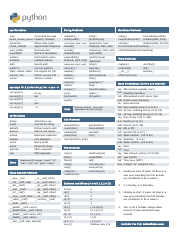Ospf Cheat Sheet - Jeremy Stretch
The OSPF Cheat Sheet by Jeremy Stretch is a reference guide that provides quick and handy information about OSPF (Open Shortest Path First), a widely used routing protocol in computer networks. It helps network administrators quickly look up key commands, configuration options, and best practices for working with OSPF.
FAQ
Q: What is OSPF?
A: OSPF stands for Open Shortest Path First. It is a routing protocol used to determine the best path for sending network traffic across a network.
Q: How does OSPF work?
A: OSPF uses link-state routing to exchange information about network topology between routers. It calculates the shortest path to each network and maintains a database of these paths.
Q: What are the advantages of OSPF?
A: OSPF offers fast convergence, scalability, and support for multiple routing areas. It also supports load balancing and allows for the use of multiple paths for redundancy.
Q: What are the OSPF router types?
A: OSPF routers can be designated as internal routers, area border routers, or autonomous system boundary routers, depending on their role within the network.
Q: What are OSPF areas?
A: OSPF divides a network into areas, with each area having its own router and network database. This allows for efficient routing and reduces the amount of routing information that needs to be exchanged.
Q: What is OSPF cost?
A: OSPF uses a metric called cost to determine the best path to a network. The cost is based on the bandwidth of the link, with higher bandwidth links having a lower cost.
Q: How is OSPF enabled on a router?
A: To enable OSPF on a router, you need to configure an OSPF process, assign the router a unique OSPF router ID, and specify the networks that should be advertised by OSPF.
Q: What is the OSPF hello protocol?
A: The OSPF hello protocol is used by OSPF routers to discover and establish neighbor relationships. Hello packets are periodically sent out to multicast addresses and contain information about the router's OSPF configuration.
Q: Can OSPF be used in both IPv4 and IPv6 networks?
A: Yes, OSPF can be used in both IPv4 and IPv6 networks. OSPFv2 is used for IPv4, while OSPFv3 is used for IPv6.
Q: What are OSPF authentication options?
A: OSPF supports several authentication methods, including simple password authentication and cryptographic authentication using MD5 or SHA algorithms.
